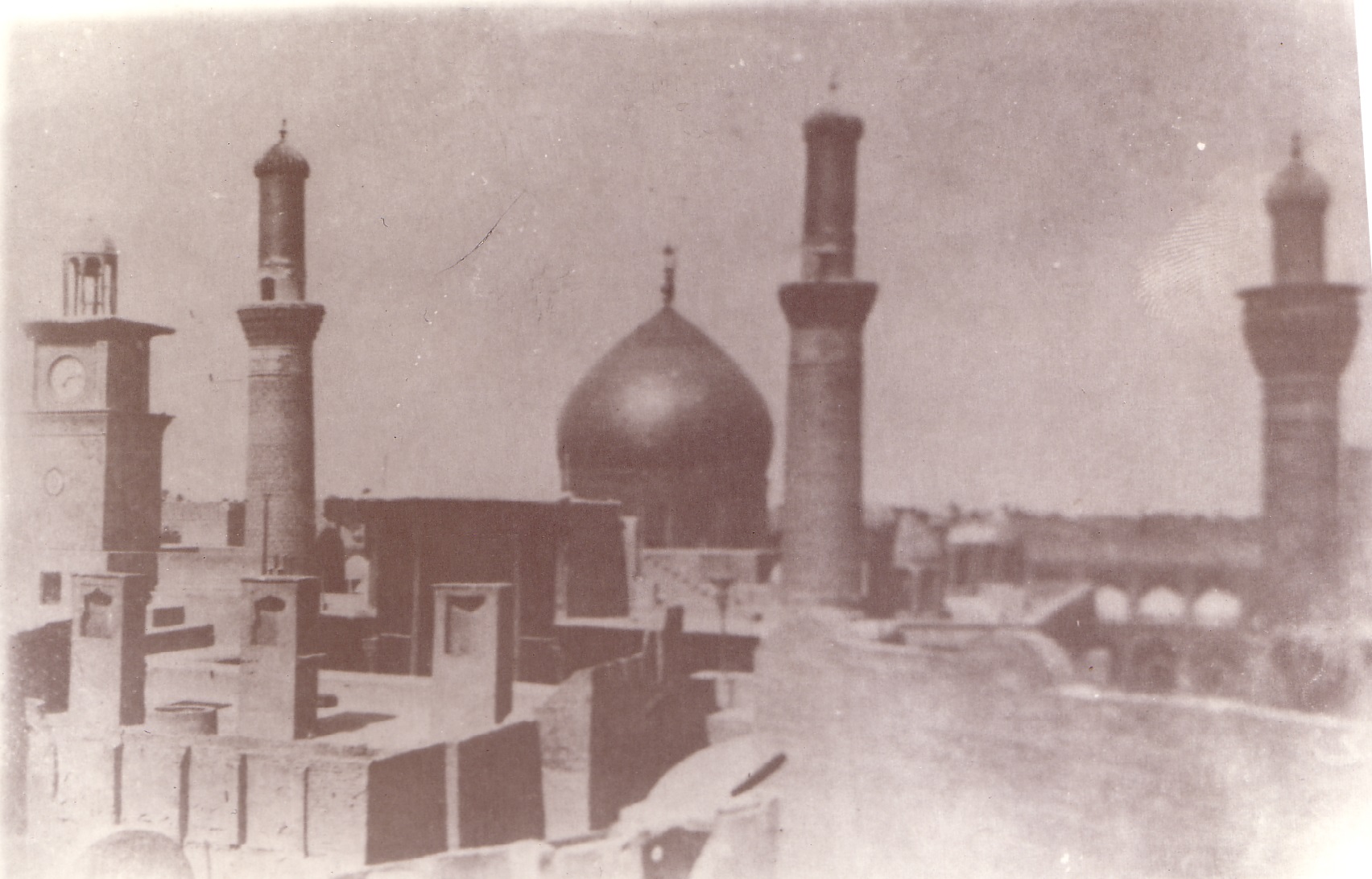During the Qajari rule, the dome of the shrine of Imam Hussain (A. S.) was gilded three times. The first time was in 1207 A. H. (1793 A. D.) by Sultan Mohammed Agha Khan, founder of the QaJari dynasty. The second gilding was during the rule of the Qajari Sultan Fateh Ali Shah in 1232 A. H. (1817 A. D.). His wife ordered the gilding of the two minarets up to its middle position (also known as a]--hawdh position).
In 1276 A. H. (1860 A. D. ), the Qajari Sullan, Nasir al-Din Shah, ordered the renewal of the covering of the shrine, change its gilded tiles and the gilding of the dome for the third time. He also built his large gallery (iwan), known today as iwan al-Nasiri.
In 1281 A. H. (1864 A. D.), the Qajari wazir, Mirza Musa, renewed the iwan previously built by the Safavid Shah Sulaiman, in the northern section of the open courtyard (sahan). This iwati was first known as iwan Al-Kabeer, which had an inner hall called iwan Safi Safa, then renamed as iwan Lilo and finally given the name iwan al- Wazir.
The previously mentioned gallery which was built by Nasir al-Din Shah (now known as iwan al-Nasiri) showed a crack before its completion. In 1309 A. H.
Source:
- Holy Shrines of Karbala: By Raouf Mohamed Ali Al-Ansari
[P. 123-124].

